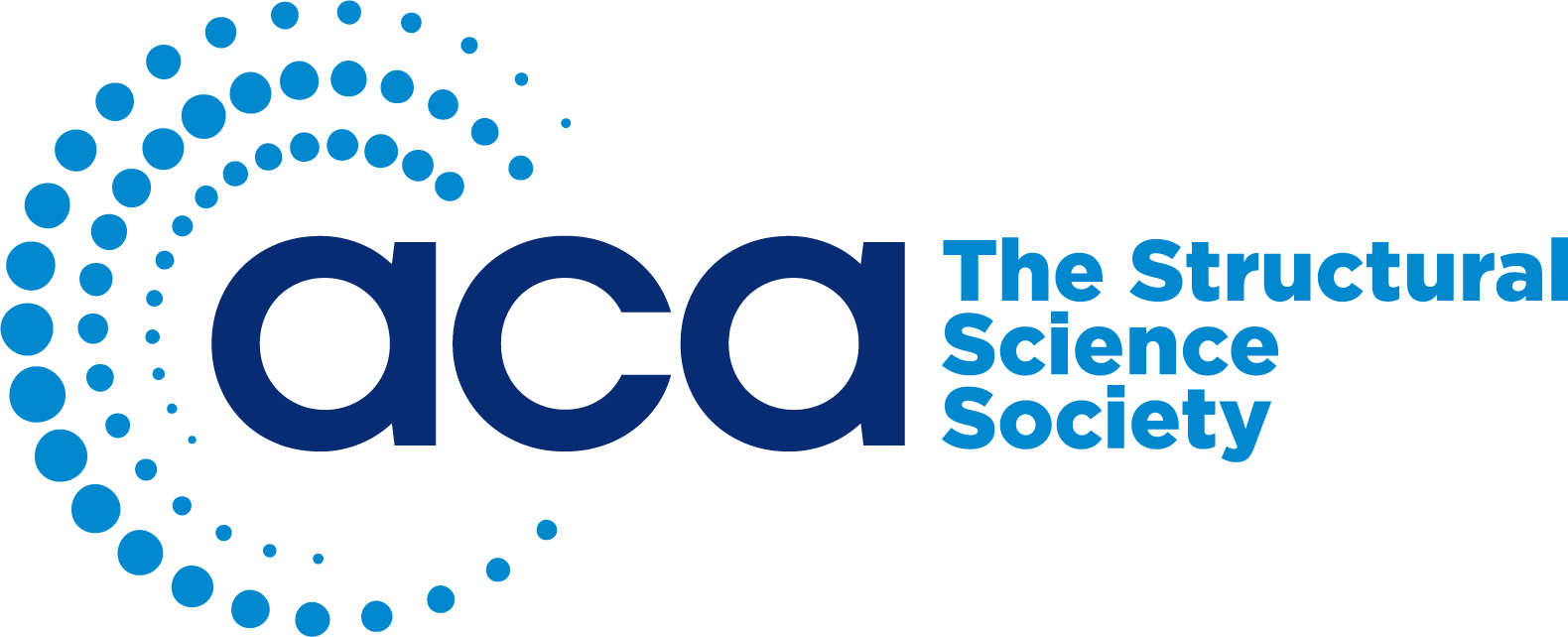- Home
- About ACA
- Publications & Resources
- Programs
- Annual Meeting
- Membership
- ACA History Center
- Media Archive
ACA Young Scientist Spotlight-21Jacob Christensen | Undergraduate Student & Research Assistant | Brigham Young University | ACA Member Since 2021
Jacob was born and raised near Detroit in Michigan. While growing up Jacob was involved in sports such as lacrosse and swimming and hast most recently started playing racquetball. Jacob was also involved in musical events including playing the piano and trumpet. Living in Michigan gave Jacob the opportunity to participate in outdoor activities such as hiking, fishing, kayaking, and his interest in physics first developed in high school when he took his first dedicated physics course. The physics course greatly interested Jacob and prompted him to study the discipline more in college. Jacob moved to Utah to start a Physics and Astronomy degree four years ago. During his time at Brigham Young University, he has developed additional passions for both math and computer science and is currently planning on pursuing a graduate degree in material science.
Personal StatementThis project is an important step for me in my career, as it is the first crystal structure that I have analyzed. We focused on demonstrating how certain physical phenomena can possibly influence the properties of manganese telluride and the implications of such properties for energy conversion. Our discoveries have given me an interest in how material characterization can be used to understand energy materials and hopefully improve various technology. While it may have been the physics that attracted me to material science, the practical use of crystallography is what gives me the passion and drive to continue the research. I have seen great developments in my academic and career-related goals this past year. The opportunity to participate in this exciting research afforded to me by my research group has inspired me to pursue a graduate degree in material science engineering. I have learned how to plan, execute, and apply the findings of research projects, skills which I hope to build upon as I tackle new problems in my future studies. Most importantly, I have learned much which cannot be taught in a classroom, including how to operate beamlines and interpret actual experimental data. My general area of research is the use of neutron diffraction techniques to characterize both powder and crystal samples of materials of interest. I started out developing a Python package for slicing through and visualizing experimental datasets and used this package to help in the analysis of manganese telluride data. We are particularly interested in the short-range structure of such materials since these local interactions have been shown to have macroscopic impacts. This was the motivation behind the creation of my poster; we wanted to show why certain short-range forces are important to study. Besides studying unique magnetic materials, our group has ongoing research projects in characterizing the structures of materials for molten salt reactors, promising nuclear reactor designs which use salts as fuel or coolants. Molten salt reactors are of interest because of their potential to create vast amounts of carbon-free electricity and provide enhanced safety over traditional reactors. Here, both neutron and x-ray total scattering is used to predict the behavior of the salts in operating conditions. The poster was created with much help from my research advisor, Dr. Benjamin Frandsen. The content of the poster was made possible by contributions from several of our group members, including Parker Hamilton and Raju Baral, graduate students at Brigham Young University. Raju provided extensive research into one-dimensional pair distribution function analysis of manganese telluride powder samples. Parker is currently working on a python-based tool used for calculating model three-dimensional pair distribution functions. My primary contribution was the three-dimensional analysis of manganese telluride’s magnetic structure, which was made possible by Mantid computing software. Mantid provided us a way to reduce and analyze the neutron scattering data, along with calculating the three-dimensional pair distribution function. The data was visualized in a Python package I created, and relevant data slices were used to show the material’s preferred short-range ordering. With Dr. Frandsen’s assistance, I was able to synthesize these results with Raju’s work to explain why manganese telluride is a candidate thermoelectric. My studies at Brigham Young University started in astronomy research, which I still have an interest in. I have enjoyed learning how to collect data on robotic telescopes and use the plethora of tools necessary for understanding the significance of the light we receive from the stars. Through astronomy research, I was able to gain important programming skills that assist me in my current crystallography research. It was astronomy research that first ignited my passion to study and experiment on something in depth, so I am indebted to it. Crystallography is very interesting, but sometimes hard to explain to others not familiar with it. I’ll often describe it as the science of shooting crystals with various things and seeing what happens. |





















